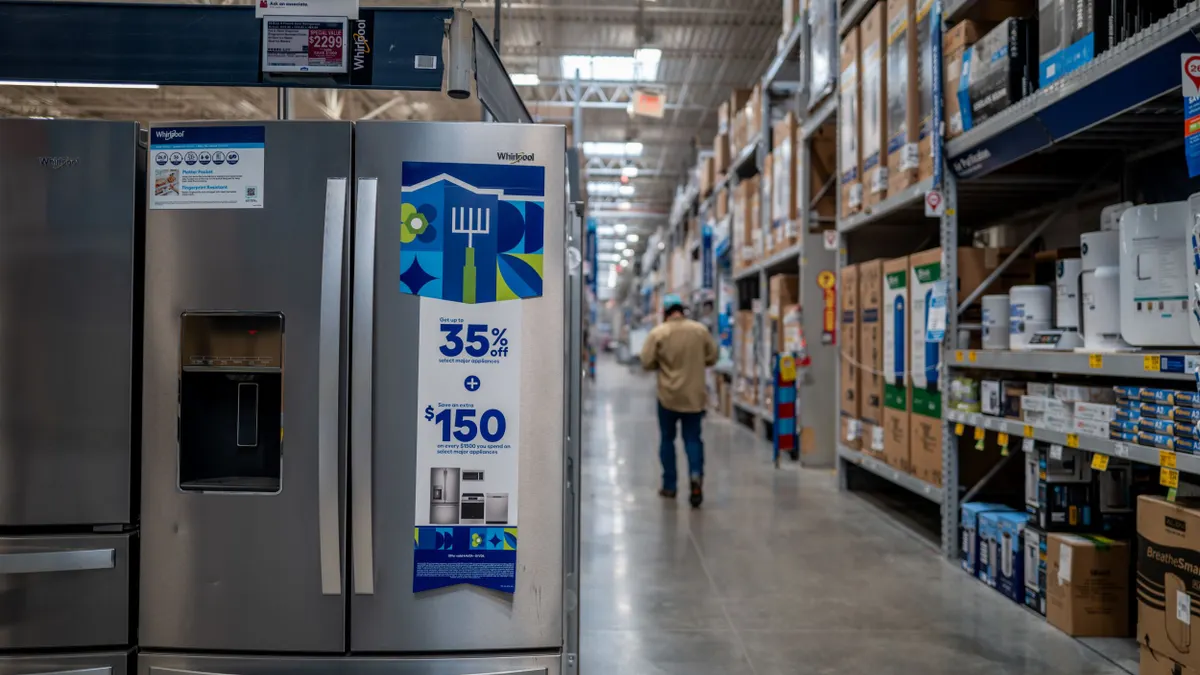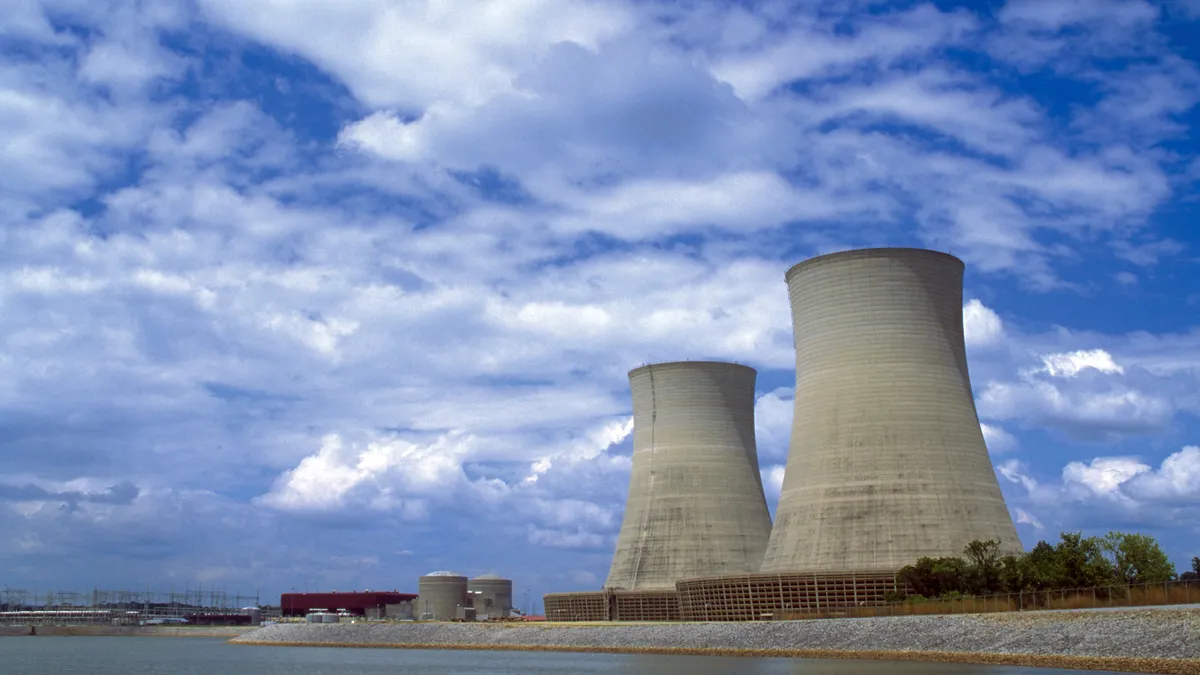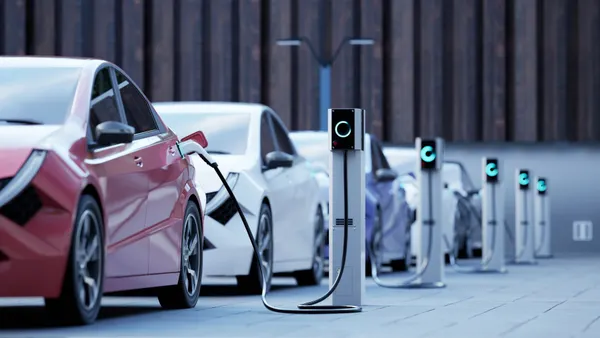Energy efficiency efforts in six New England states and New York are saving customers billions of dollars on utility bills and reducing peak demand on the region’s electric grid, according to analysis published Monday by Acadia Center.
The report comes at a time when the federal government is cutting investment in energy efficiency and electricity demand is rising. That confluence has sharpened the need for energy savings measures, experts say.
A September report from conservation advocate CLASP highlighted the potential for efficiency to help meet global emissions targets, particularly appliance efficiency where improvements could deliver about 20% of the total reduction in energy demand required to achieve net-zero emissions by 2050.
Acadia’s report focuses on investment levels and projected benefits from efficiency programs in Connecticut, Maine, Massachusetts, New Hampshire, New York, Rhode Island and Vermont. And it calls for improvements to efficiency data reporting that could unlock further energy savings.
“It is more important than ever for policymakers, advocates, program administrators, and consumers to understand the value and evolving role of energy efficiency resource acquisition and shape the future trajectories of the programs to meet the emerging needs of the region,” Jamie Dickerson, senior director of climate and clean energy programs at Acadia, said in a statement.
The report examines data in each state’s three-year energy efficiency plan, annual program reports and other filings. Acadia’s analysis shows the seven states are poised to invest almost $10 billion in efficiency overall, with New England programs alone generating an estimated $19.3 billion in lifetime benefits. New England and New York expect to realize 700 trillion Btu in lifetime savings across all fuels, including 20 TWh of lifetime electricity savings from efficiency investments in New England.
“Electric savings will help the region continue meeting a substantial portion of annual electric load via energy efficiency,” Acadia said. “Combining both electricity and combustible fuel savings, the New England states are projected to avoid 368 TBtu of lifetime energy use, and this projected total rises to 703 TBtu with the inclusion of New York State.”
Despite the savings, Acadia warned efficiency investment is under pressure.
“State energy efficiency programs make a major contribution to the energy system as a low-cost resource, yet face a pivotal juncture in the northeast region,” Dickerson said. “Consumer affordability is front of mind for consumers and policymakers with rising energy prices. Other energy resources are rising in cost, yet cuts to ratepayer funded programs — which reduce system costs — have been threatened and implemented by leading states.”
Massachusetts will lose out on $1.49 billion in lifetime benefits following a February decision to cut $500 million from efficiency program budgets, Acadia said. Similarly, Rhode Island efficiency programs face possible cuts of 30% that would lose the state about $92 million in benefits, according to the report.
Looking ahead, Acadia recommended that the New England states and New York “come together to better standardize metrics utilized for program measurement, evaluation, and reporting.”
“Major differences in reporting data persist, and the overall power and impact of energy efficiency in the northeast is limited without that alignment,” according to the report. “With more universal reporting methodologies and benefit cost tests, programs in the region would collectively be more powerful, the ability to understand the value and design of programs would be substantially improved, and new opportunities for states to learn from one another would be unlocked.















